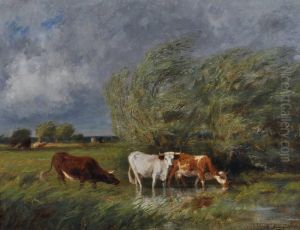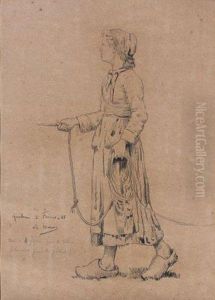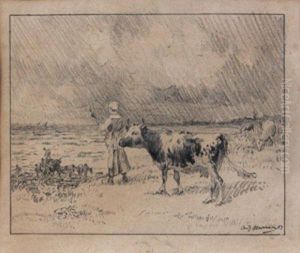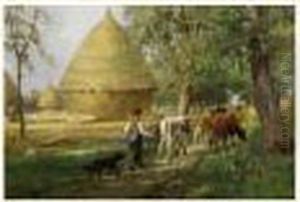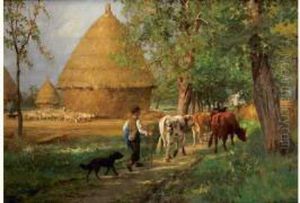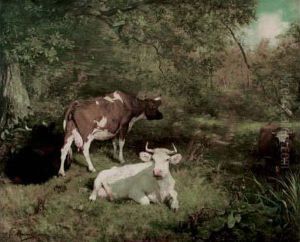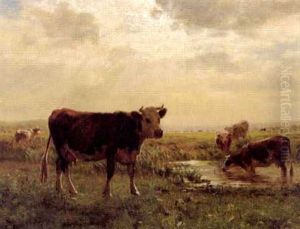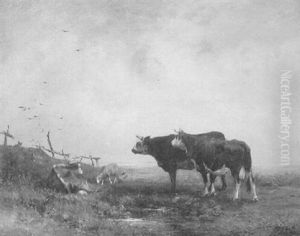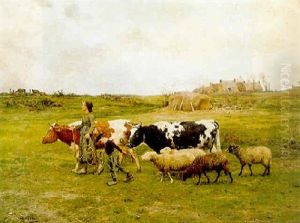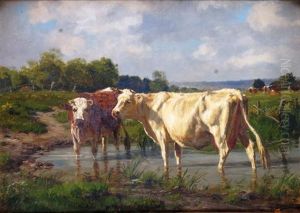Adolphe Charles Marais Paintings
Adolphe Charles Marais was a South African painter known for his watercolors and etchings that capture the early Cape landscapes, buildings, and society. Born on May 18, 1827, in Cape Town, he was part of a group of early colonial artists who documented the region's topography and colonial life in the 19th century. Marais was a prominent figure in South Africa's art scene during this period, contributing to the cultural and historical record of the Cape through his artistic endeavors.
Marais' works are characterized by their detailed realism and often feature historical buildings and street scenes, providing valuable insights into the architectural heritage and urban development of Cape Town. He was particularly fascinated with the Dutch colonial architecture and the natural beauty of the Cape, which is evident in his meticulous renderings of these subjects.
Despite his significant contribution to South African art history, Marais' life and work have not been as extensively documented as some of his contemporaries. It is known that he was active during the middle to late 19th century and that his work was well received in his time, often being collected by local patrons and institutions.
Marais died on September 24, 1884, in Cape Town. Today, his works can be found in various collections, including the Iziko South African National Gallery and the Library of Parliament in Cape Town. Through his paintings and etchings, Adolphe Charles Marais has left a lasting legacy that continues to be appreciated by art historians and enthusiasts of South African art and history.



